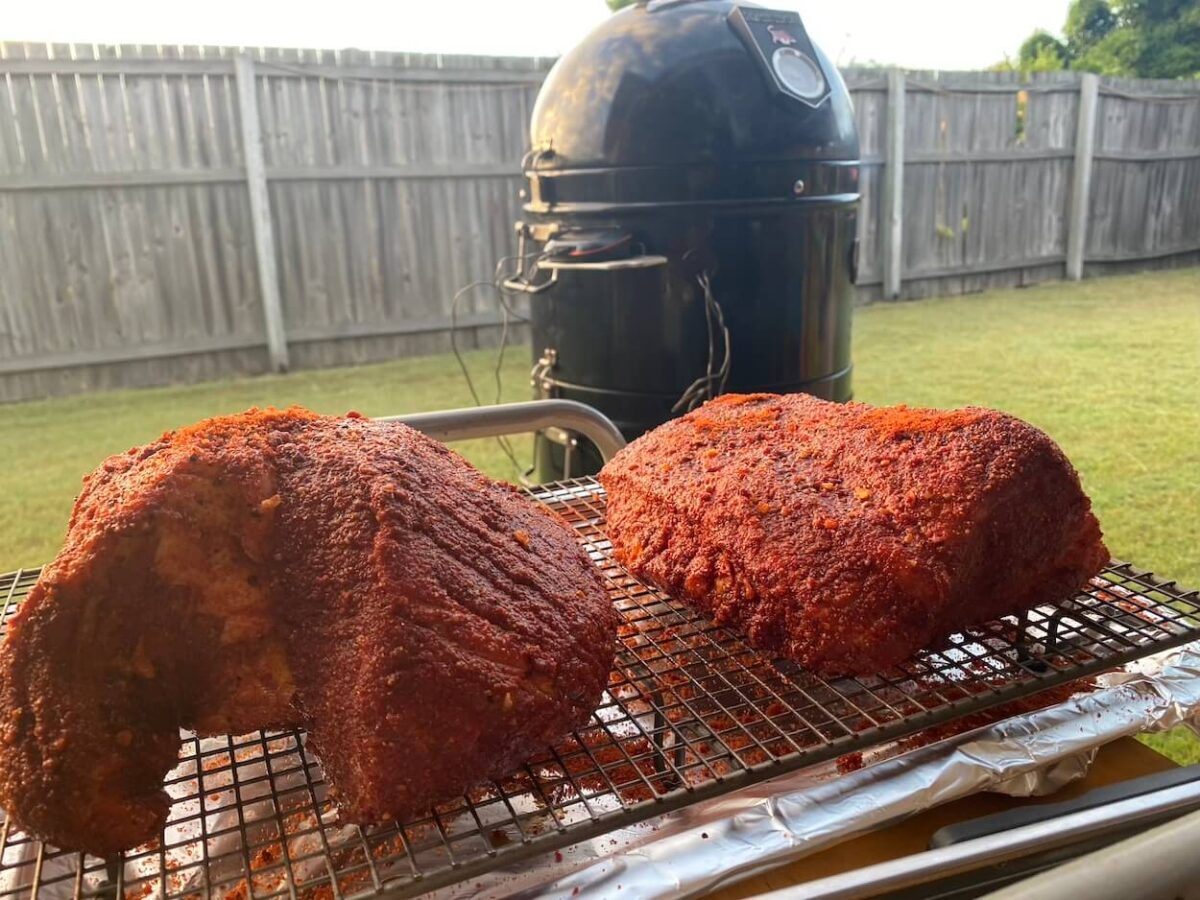Grilling is a staple for barbecue lovers, but barbecue braising brings a new twist to the BBQ world. By blending the smoky high-heat char of grilling with the rich flavors of slow cooking, barbecue braising offers a unique way to make meats tender and full of flavor. This guide will walk you through the essentials of barbecue braising, from basic techniques to expert tips for mastering this versatile cooking method.
Understanding Barbecue Braising
Barbecue braising is a two-part cooking method that combines searing meat over high heat and then slow-cooking it in a liquid. The process starts with a quick sear on the grill to lock in juices and create that sought-after smoky crust. The meat is then slow-cooked in a liquid like broth, beer, or a marinade, resulting in a melt-in-your-mouth texture. This method is ideal for cuts like pork shoulder, ribs, and brisket, as it maintains moisture and infuses deep flavors.
Why Choose Barbecue Braising Instead of Traditional Grilling?
While traditional grilling relies on high, direct heat, barbecue braising provides richer flavors and a tender texture. Here’s why barbecue braising is a game-changer:
- Tenderizes Tough Cuts: Cuts high in collagen, like brisket and pork shoulder, soften wonderfully in the slow-cooking stage.
- Enhanced Flavor: The braising liquid imparts flavors that range from smoky to spicy, creating a nuanced taste.
- Locks in Moisture: Braising prevents the meat from drying out, which can sometimes happen with direct grilling.
- Versatile Ingredients: This technique works well with various meats and vegetables, offering many recipe possibilities.
Essential Ingredients for Perfect Barbecue Braising
Achieving delicious barbecue braising results depends on carefully selecting ingredients. Here’s what to consider:
Meat Choices
For braising, cuts with ample connective tissue and fat are best. Ideal options include:
- Brisket: Known for its density, it becomes tender and flavorful with slow cooking.
- Pork Shoulder: The fat content makes it exceptionally tender when braised.
- Short Ribs: High in marbling, they offer intense beefy flavors.
- Chicken Thighs: Thighs are flavorful and stay moist, making them perfect for braising.
Choosing the Right Braising Liquid
The braising liquid adds to the depth of flavor. Some excellent choices include:
- Beer or Ale: Adds a robust undertone, ideal for pork and beef.
- Wine: Red wine enriches beef, while white wine enhances chicken dishes.
- Broth: Chicken, beef, or vegetable broths add a savory backbone.
- Vinegar: Apple cider or balsamic vinegar provides acidity that balances the fat.
- Barbecue Sauce: This adds sweet and tangy notes, perfect for traditional BBQ flavors.

Aromatics and Spices
Spices and aromatics help elevate the braising liquid:
- Onions and Garlic: Essential for a rich base flavor.
- Herbs: Fresh rosemary, thyme, and bay leaves add depth.
- Spices: Paprika, black pepper, and cumin bring warmth and spice.
- Sugar: Brown sugar or molasses adds a caramelized sweetness to the flavor profile.
Steps to Perfect Barbecue Braising
Mastering barbecue braising involves balancing high-heat searing with low, slow-cooking. Follow these steps:
Step 1: Preheat and Sear
Preheat the grill to high (around 400°F to 450°F) and sear the meat on all sides. This step, which takes about 5-10 minutes, seals in the juices and enhances the smoky flavor.
Step 2: Prepare the Braising Liquid
While the meat sears, prepare the braising liquid by mixing your chosen base (beer, broth, or wine) with aromatics, herbs, and spices. Simmer briefly to let the flavors blend.
Step 3: Braise on the Grill
After searing, transfer the meat to a covered pan or wrap it in heavy-duty aluminum foil. Add the braising liquid, covering the meat halfway. Seal the pan with foil or a lid, then move it to a cooler grill section for indirect heat. Lower the grill temperature to 300°F and cook the meat slowly for a few hours. Large cuts like brisket may take 3-4 hours.
Step 4: Final Sear and Sauce Glazing
Once tender, remove the meat from the braising liquid. Sear it again over direct heat for 5-7 minutes, brushing with barbecue sauce for a caramelized finish.
Step 5: Rest and Serve
Allow the meat to rest for 10-15 minutes before serving. This step redistributes the juices, enhancing both tenderness and flavor.

Advanced Barbecue Braising Techniques
Take your barbecue braising skills to the next level with these advanced tips:
Double Braising for Richer Flavor
After the first braise, strain the liquid, simmer it down to concentrate the flavors, and braise the meat again in this reduced liquid. This double braise adds remarkable depth.
Adding Smoke for Extra Flavor
Introduce wood smoke (such as hickory or applewood) to your grill during the braising stage. Adding soaked wood chips brings an authentic smoky flavor to the dish.
Use of Dry Rubs
Applying a dry rub before braising infuses extra seasoning into the meat. A blend of salt, pepper, paprika, garlic powder, and brown sugar works well for a classic BBQ rub.
Maintaining Consistent Temperature
For optimal results, keep the grill temperature between 275°F and 300°F. A consistent temperature ensures tenderness without drying out the meat.

Conclusion: Elevate Your Grilling Game with Barbecue Braising
Barbecue braising merges the high-heat sear of grilling with the tenderizing benefits of slow cooking, bringing a new depth to BBQ. This technique enables you to transform tough cuts into juicy, flavorful dishes perfect for casual backyard gatherings or BBQ competitions. By incorporating barbecue braising into your cooking repertoire, you’ll unlock a world of flavors and textures that take your grilling skills to new heights.
